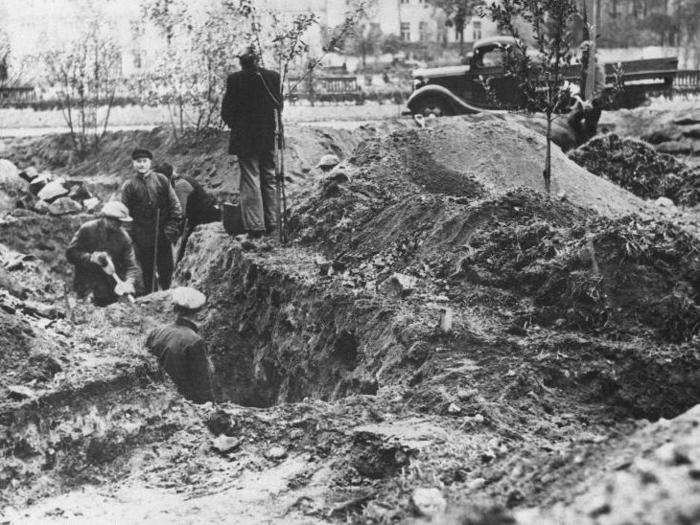

Source: War is Boring



The war came to have two forms: A conventional conflict that revolved around the Mannerheim Line — Finnish fortifications on the Karelian Isthmus — and a campaign of harassment and attacks waged by Finnish ski troops against Soviet personnel in the country's forests.


The Finnish troops often had to improvise and augment their snow gear with bed linens for camouflage. But those improvisations were effective: Many thousands of Soviet troops, mostly dressed in auspicious and inadequate khaki uniforms, disappeared into the wilderness.





The bitter cold could subject living flesh to frostbite within minutes of exposure, and dead bodies were often frozen to the firmness of bricks.
Finnish troops sometimes capitalized on the ghoulish brutality of the conditions, positioning dead Soviet troops in upright poses meant to intimidate their adversaries.

While the Fins would eventually settle for a peace deal with the Soviets, the resistance exacted a heavy toll on Stalin's armies.
"Indeed, the respective kill ratios and casualty rates are perhaps some of the starkest in the annals of 20th century warfare," Iskander Rehman, a senior fellow at the Pell Center, wrote last summer.


Simo Häyhä, who was known as "the White Death," was a Finnish sniper credited with killing over 500 enemy troops within 100 days during the Winter War.
Häyhä's military career was ended by a shot to the face that blew off part of his cheek and lower jaw. He survived to become a Finnish hero, dying of natural causes in 2002.


 IMD forcasts heatwave for few states in next 5 days
IMD forcasts heatwave for few states in next 5 days
 IIFL Securities Q4 profit more than doubles to ₹180 crore
IIFL Securities Q4 profit more than doubles to ₹180 crore
 Global economy to grow 2.7% in 2024 as major economies avoid severe downturn: UN report
Global economy to grow 2.7% in 2024 as major economies avoid severe downturn: UN report

Copyright © 2024. Times Internet Limited. All rights reserved.For reprint rights. Times Syndication Service.